Simple systematic approach to stretching and warm-ups to improve your flexibility…
As simple as this may sound, a good rule of thumb is to listen to your body.
Nine times out of ten, you’ll know if you’re fit enough to start an intensive training program.
The best way to warm up your body is to do physical activity, which requires you to burn calories and work up a sweat…
In fact, training for strength, speed, and coordination means you are stretching muscles and increasing flexibility in a healthier way.
Carefully read ever word of this short and to the point special stretching and warm ups report…
Dear Friend,
No matter what type of training you do, more often than not, you get hurt when you’re tired.
So the “secret” is to learn how to train smart, stay relaxed and fresh…
OK, would you agree safety should always comes first and body weight training is no exception to this golden rule.
It’s safe to say nothing is frustrating when you’re training hard to encounter an injury.
After all, if you do get injured, you won’t be able to train at all, right?
It’s very important to get in tune with your body and quickly learn the difference between good and bad pain.
Good pain can be the feeling of being pumped as your muscles fill with blood during exercise or it can be a mild feeling of fatigue as lactic acid burn sets in.
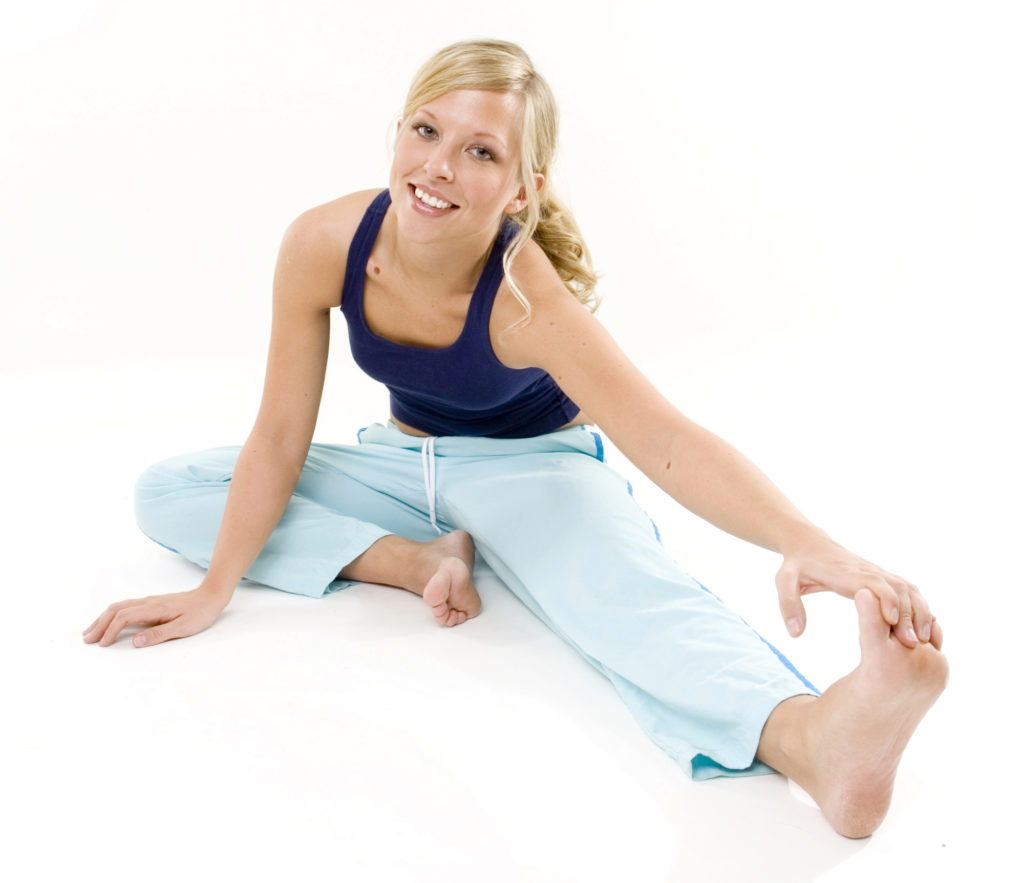
Recognize these sensations and learn to thrive on them…
Bad pain is any sharp pain or spasm or pain, which moves quickly into shoulders, arms or hands as these are definite warning signs.
Do not push through bad pain.
Stop immediately and take time off to heal and recover.
Attention to exercise detail allows you to warm up and stretch with safety and care.
Do this before your body weight training sessions, ultimately it boosts your metabolism.
And helps you get leaner, stronger and fitter in less time (more on that in just a minute).
The suggestions may look very simple and you might be tempted to skip or gloss over.
Know when to push through any discomfort and know when to back off.
Put your ego aside, take it slowly and be ready and able to perform the next workout.
Don’t risk being sidelined for weeks with an easily avoided injury.
Common problem areas include the wrists, shoulders and elbows.
“A horse of good breed is not dishonored by his saddle” thought you might like that proverb.
As for injury, numerous studies have found stretching before doing an activity has no correlation with being less frequently injured afterwards.
Although stretching may reduce specific cases of injuries, there are better ways to spend your time than stretching.
TIP: The best way to reduce risks of injury is to warm up, in other words prepare and start slow for any intense activity by doing a similar activity less intensely.
Body Weight Training Warm Ups…
Warm-ups are typically boring, right?
Most of us don’t take advantage of what a warm-up can do so here is a brief explanation of how they can help you.
When your muscles are fully warmed-up they’re able to work at peak performance.
A good warm-up allows your intensity level to be greatly increased.
Greater intensity mean greater gains…
As your body moves around your heart rate increases to pump blood to your organs.
The increase in blood flow raises your body temperature and your muscles are physically warmer.
Your warmer muscles are more pliable, elastic and prepared to take strains or full-out training.
As blood flow increases, muscles cells dilate, allowing muscle to better use blood for stronger contractions.
Warm up and stretch at the same time…
If you warm up beforehand and take fifteen minutes to stretch, you are cold again before you’re finished stretching.
Stretching in between each exercise as well as during warm-ups is a good way to keep you moving freely.
Would you agree warming up before starting your body weight training is good for your confidence?
Stretching and mobility goes a long way towards a lifetime practice of fitness and movement exploration.
This may seem much less complicated than some of the “popular” fitness programs you may be used to or if you’ve been doing a lot of heavy weight lifting.
And of course, there is the reality of physical pain as we age and recovery is much slower.
Your goal is to get the muscle and joints prepared and lubricated, ready before you do your light stretching.
This helps make you better prepared, more limber for your stretches and further reduces your risks of injury…
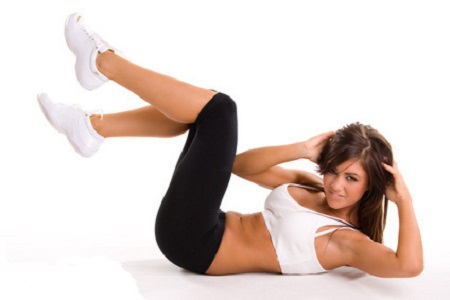
How you choose to stretch and warm up is really a matter of personal choice…
To warm up body and connective tissue, you need metabolic activity.
The heat causes physical changes in connective tissues make them more pliable.
There are many more complex benefits from engaging muscles and stimulus of mild physiological stress.
These simple stretch and warm-up routines have helped me really form a basis of how to progress.
So with that said, here’s a warm-up for basketball you can do in 10-15 minutes before each of your workouts.
You can aim for ten minutes to get into a light sweat for better blood circulation and increase core body temperature:
- Jumping jacks for 3-5 mins
- Run on the spot for 3-5 mins
- Skip rope for 3-5 mins
- 5 x shoulder rotations
- 5 x neck rotations
- 5 x arm raises
- 5 x torso rotations
- 5 x chest expansions, palms facing upwards
- 5 x hip rotations (on each leg) – standing in a staggered stance, bring back knee up in front of you, then to side before lowering leg back down in starting position
- 5 x reverse hip rotations (on each leg) – reverse previous movement by bringing back knee up to your side, then rotate upper leg until knee is in front of you before bringing leg back down to starting position
- 5 x front leg raises (on each leg) – bring leg up to outstretched hand (control leg raise), not a swinging motion
And that’s it, super simple, super easy and super effective.
The difficult is done at once, the impossible takes a little longer…
Even a brisk walk or if you prefer using stationary bike or rowing machine, etc for 10 min.
Many coaching friends who are involved in strength training and combat sports do old school, they jump rope, hit the speed bag or punch the heavy bag.
As long as you set the goal of getting your blood circulating and body core temperature rising without overdoing it, feel free to choose which ever method you prefer…
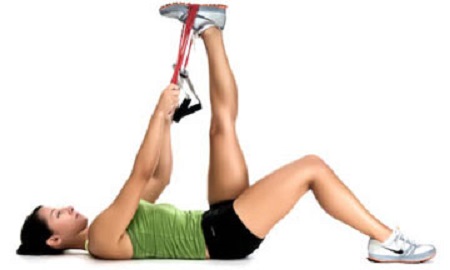
Stretching Tips and Basic Guidelines…
Mobility or mobilization exercises are a specific method of warming up which improves coordination and relaxation.
Mobilization exercises are rhythmical movements which gradually expand your comfortable range of motion.
This provides a variety of stimuli and stresses so warm-ups with stretching is a good practice with mobilization.
And yes, even if you’re training upper body, it’s important to warm up your entire body to get joints mobile and ready for action…
There are specific muscles which need to be mobilized:
- Ankles
- Hip joints
- Shoulder joints
- Thoracic Spine (upper back)
Including specific muscles that need to be stabilized:
- Knees
- Lumbar Spine (low back)
- Cervical Spine (neck)
- Shoulders
And there are specific muscles which need to be engaged and activated:
- Glutes
- Lower Traps
- Psoas (hip joint / flexors)
Psoas warm-up and stretch …turn your back foot out about 45 degrees.
Keep your back foot firmly planted, head, shoulders, hips and knees facing forward, raise your arms overhead.
Relax your shoulders; don’t let them inch up.
Lift your rib cage away from your pelvis to really stretch psoas.
Often for a warm up, I’d start with a basic hip adductor (groin) stretch, which puts a slightly greater emphasis on the deeper or posterior adductor muscles.
Sitting on floor, spine in neutral position (not flexed or slumped), knees bent, soles of feet touching each other bring knees downwards, towards floor, until a comfortable stretch is felt.
The reason for an emphasis on the adductor and ankle flexibility is essential for squat work especially for pistols or one leg squats because most people, adductors are one of the muscle groups least responsive to flexibility training.
After your ten minute warm up another ten minutes of stretching unless you have special needs to address will get the job done effectively.
Don’t Bounce in Your Stretches…
Stretch calmly and with a slow and controlled effort.
This will not only give you the best results, but all will avoid tearing any tight muscles.
We are stretching to prevent injury NOT cause injury!
Control Your Breathing…
Erratic breathing can detract from the benefits of stretching.
Exhale into your stretch and continue breathing full deep breaths as you maintain your stretch.
Hold your stretches for thirty seconds.
Research has shown this is the amount of time that offers the most benefit for the athlete.
Never Stretch into Pain…
Stretching should NOT hurt.
“No pain – no gain” may apply to other areas of training.
It never, ever applies to stretching!
Please don’t ignore this tip.
Consider having a go at Yoga…
Yoga can be a really awesome compliment to body weight training.
There’s a false impression that yoga is just for women.
This is losing more ground every day with Football and Rugby players along with mixed martial artists all singing praises of this ancient art form.
Yoga can help you experience real health benefits along with flexibility.
Combined with body weight training you can truly build the ideal body in the privacy of your own home.
Between warming up and stretching you’ll be ready to train in twenty minutes.
Give this twenty minutes the same attention you pay to the rest of your training and your body will thank you.
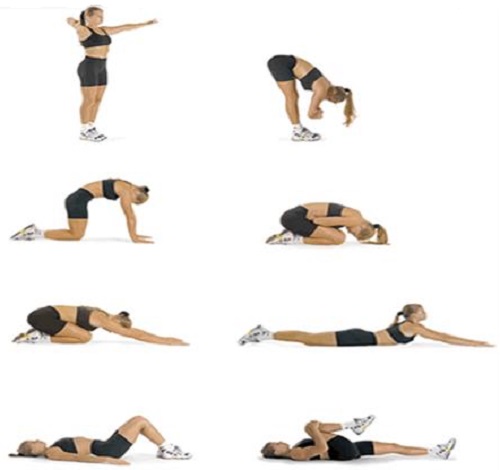
You may want to do passive stretching after a workout…
You can make good flexibility gains initially by using passive stretching, although these tend to slow or stop after a few months.
And it takes real effort to carry on developing your flexibility.
In fact, I know athletes which hold stretches up to 30 min per stretch in order to further improve.
PNF stretching or proprioceptive neuromuscular facilitation stretching is a set of stretching techniques commonly used in clinical environments to enhance active and passive range of motion.
This is done in order to improve motor performance and aid rehabilitation.
PNF stretching may help with better gains after the initial couple of months…
I’m currently experimenting with loaded progressive stretching and might make a post on this in the near future.
Lack of sleep and tiredness is a major driver of injury…
It is very important to allow your body time to recover from the intense daily workouts.
Muscle tissue is broken down during exercise and rebuilds during periods of rest and recovery.
Working muscles on consecutive days could hamper rebuild process and limit your progress.
Remember, the body needs 48 hours to recover and adapt to stress of strength training…
And sleep deprivation is an underestimated problem, as well as a factor in pain.
Get plenty of sleep (8 to 10 hours) because it goes along way towards reducing your risks of injury.
When you finish this sequence, you will be fully warmed up, but also moving a lot more smoothly.
Many traumatic injuries are in general caused by a lack of coordination or an inability to sense and respond to traumatic forces.
Developing coordination takes time with diligent practice at complex tasks…
You can make progress simply by challenging yourself with a wide variety of activity and sensations.
And your strength and coordination can be improved via calisthenics.
Stretching Exercises and Dynamic Warm Ups

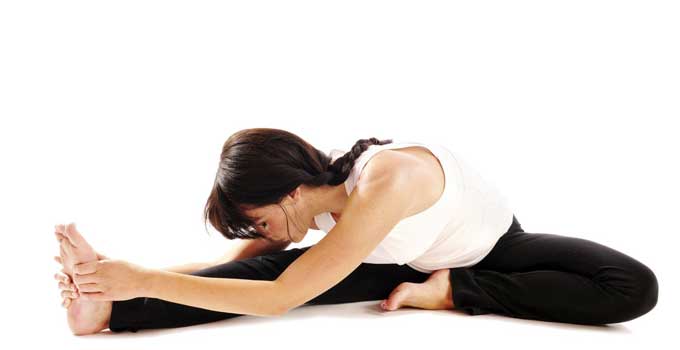
Leave a comment